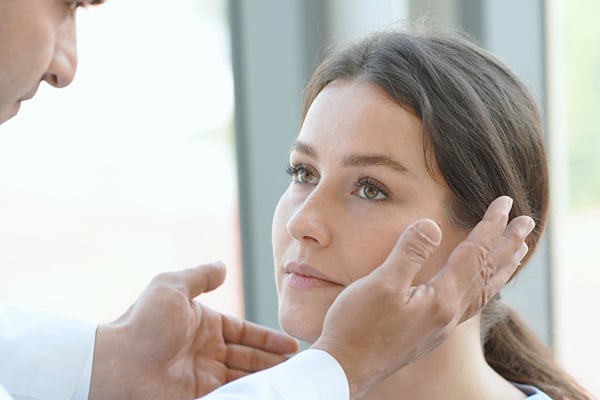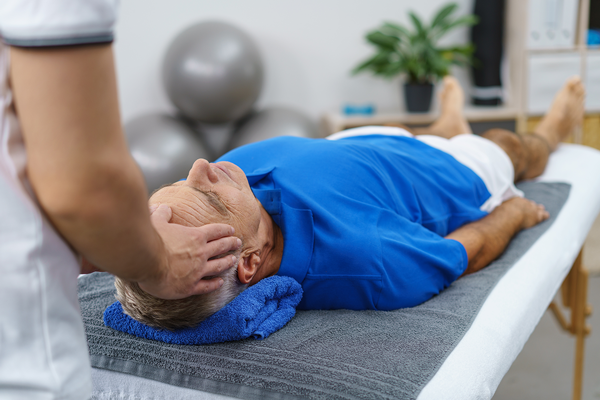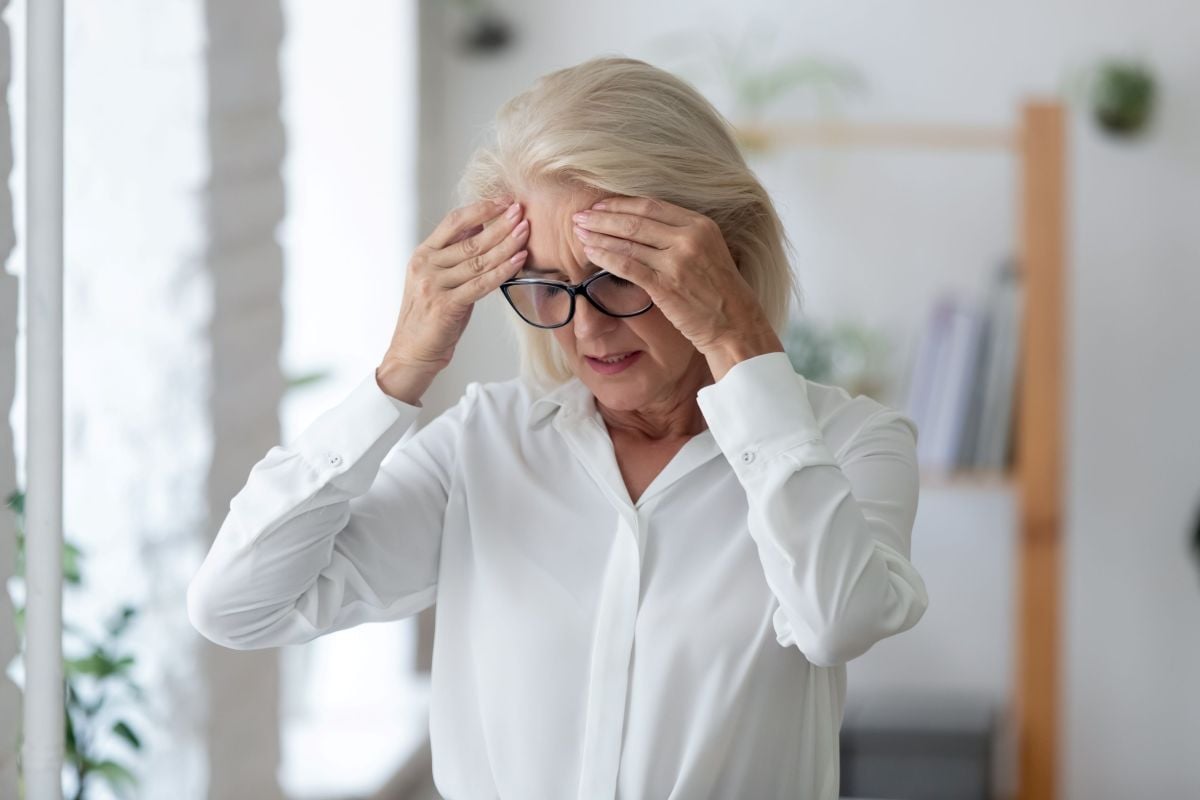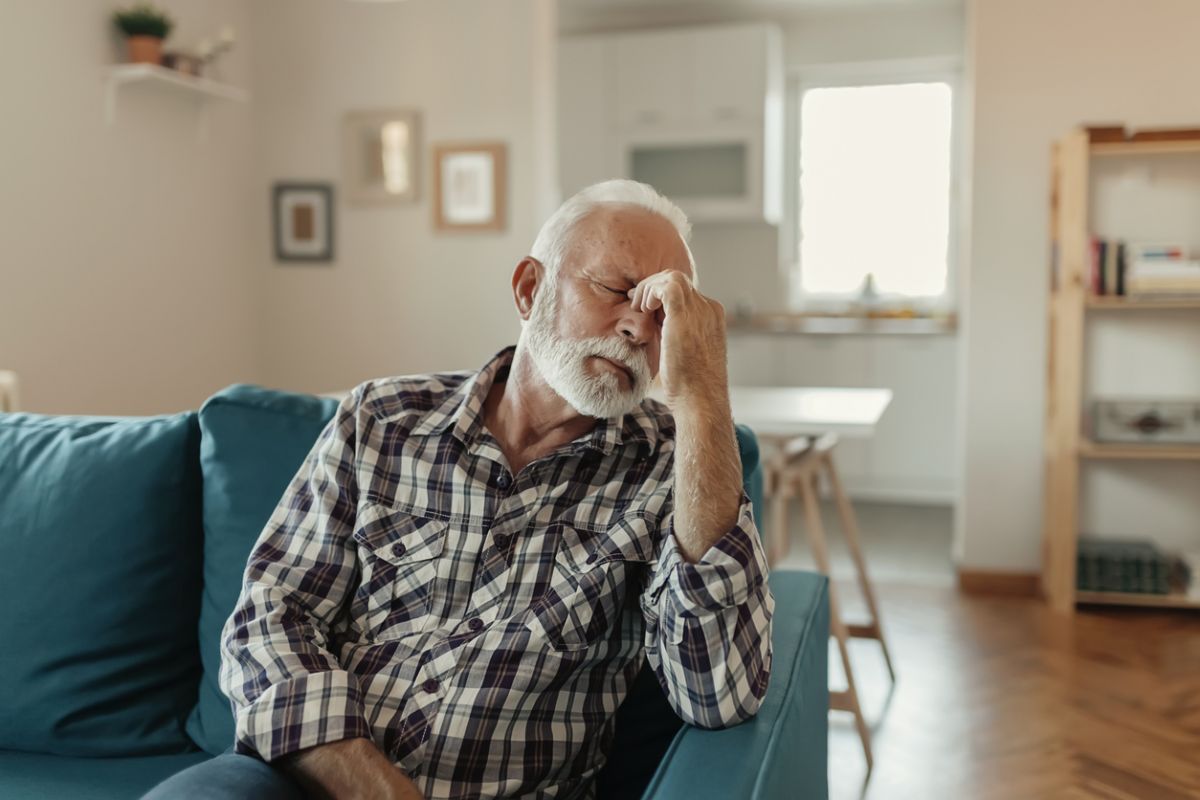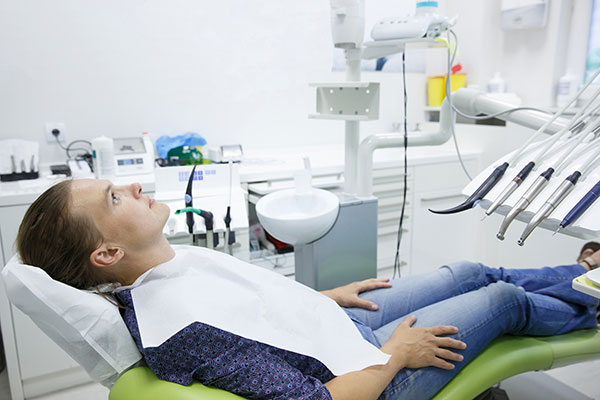
Dizzy at the dentist?
Going to the dentist can be unpleasant enough without getting dizzy as well!
Does this sound like you?: “Please don’t tip me back in the chair or it will make me dizzy" or “tip me back and bring me back up really slowly or it will make the room spin.”
If so, you likely have a very common inner ear condition called Benign Paroxysmal Positional Vertigo or BPPV. Medical professionals who specialize in treating this condition frequently hear patients report that lying back or returning to upright in a dental chair (or similar things, like the sink at the hair salon) can provoke their vertigo. Fortunately, quick and highly effective treatment for this condition is available.
What is BPPV?
BPPV is a mechanical problem in the inner ear, and one of the most common causes of vertigo[1] – the illusion of a spinning motion. Most cases of BPPV come ‘out of the blue’, often with a person going to be feeling fine but then experiencing a spinning sensation when they get out of bed in the morning.
BPPV can also result from head trauma, after an inner ear infection or in association with other conditions, like migraine. The incidence of BPPV rises as we age, with about 50% of all dizziness in older people being attributed to BPPV[3].
BPPV typically provokes a brief (less than a minute) ‘room-spinning’ sensation with specific movements or position changes.
It is believed to be caused by calcium carbonate crystals or ‘otoconia’ (which we all have in our inner ears) that become dislodged from the gel-like membrane which keeps them in the proper chamber. If the crystals move into the wrong part of the inner ear, gravity moves them around after certain head movements making the ear tell the brain false information about our head position. This error signal results in a mild to severe ‘spinning’ sensation, unsteadiness, and occasionally nausea and vomiting.
One of the most common position changes that allow gravity to move the crystals is lying down on one’s back especially when the head is tipped below horizontal, as in a dental chair. In fact that is one of the positions medical professionals use to test for the problem.
Confirming the Diagnosis
A skilled vestibular therapist trained in this area should be able to determine if your situation is consistent with BPPV and which part(s) of the inner ears are affected. In addition to the dentist’s chair, other specific movements or position changes that provoke vertigo are commonly described by those with BPPV.
1. Do you have difficulty getting into or out of bed?
2. Does turning over in bed trigger dizziness?
3. Does looking up increase your dizziness?
4. Do quick movements of your head increase your problem?
5. Does bending over increase your problem?
The responses to these questions are scored 4 for ‘yes’, 2 for ‘sometimes’ and 0 for ‘no’. The probability of having BPPV increasesas the score total score on these five questions increases. Even with just items 1 and 2, those who scored 8/8 were 4.3 more likely to have BPPV than those who scored 0.
Treatment
Once BPPV has been identified and it is known which ear and canal is involved, a vestibular therapist can perform a treatment where the head is moved through a sequence of angles so that gravity can move the crystals out of the semicircular canal(s) and back into their correct chamber.
If BPPV is the correct diagnosis, research shows that 75% of sufferers experience immediate relief with one treatment, with up to a 98.4% resolution rate in the unusual event that three treatments are required.[7][8]
Click here to watch a series of videos on the vestibular system, the most common causes of vertigo, dizziness and balance issues, and how to find relief: http://bit.ly/2A0V3k1
To find a clinic near you offering this dizziness and vestibular rehab, please see: https://www.lifemark.ca/services/dizziness-balance
References:
